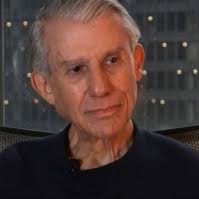This piece was reprinted by OpEd News with permission or license. It may not be reproduced in any form without permission or license from the source.
- just 18% for the bottom 20%.
Data were adjusted for household size differentials. However, inflation adjusted measures weren't provided. They show far greater differences between rich and poor. According to Professor Paul Buchheit , America's top 1% tripled their after-tax income from 1980 - 2006, while the bottom 90% saw theirs drop over 20%.
"(O)ur economy," he said, "allows a tiny percentage of us to take an inordinate amount of money from society, at an increasing rate."
According to economists Emmanuel Saez and Thomas Piketty , America's income inequality was the highest in recorded history in 2007 before the current crisis began, and Census data way understate it.
One Dollar for Life/economics public school teacher Robert Freeman said "(b)etween 2002 and 2006, (an) astounding three-quarters of the economy's growth was captured by the top 1%."
In his January 2010 Common Dreams article, he said it had "70% of all financial assets," a record high. Moreover, the bottom 40% own nothing and have a combined zero net worth.
In December 2011, the Congressional Research Service (CRS) reported on income differentials from 1996 - 2006, saying inflation adjusted it grew 25%. However, averages obscure variations. America's poorest 20% saw income levels fall 6%, and if measured since 1979, it would have been much greater.
In contrast, top 1% earners saw incomes double from 1996 - 2006. Middle income ones experienced a 10% increase. In addition, income inequality as measured by the Gini coefficient increased 9% before taxes and 11% after-tax.
Capital gains and dividends most advantage richer Americans. Overall taxes in 2006 were less progressive than in 1996. Today, extremes are greater.
Next Page 1 | 2 | 3 | 4 | 5 | 6
(Note: You can view every article as one long page if you sign up as an Advocate Member, or higher).





